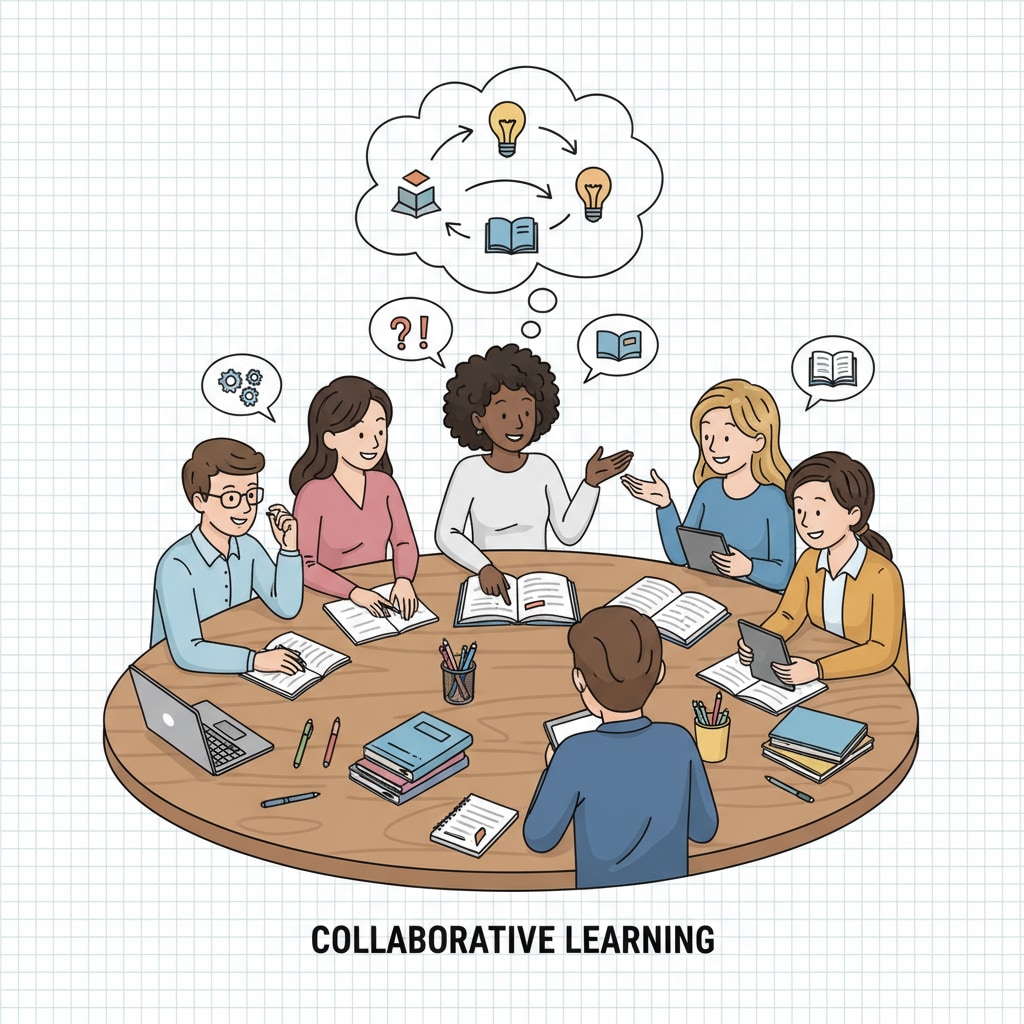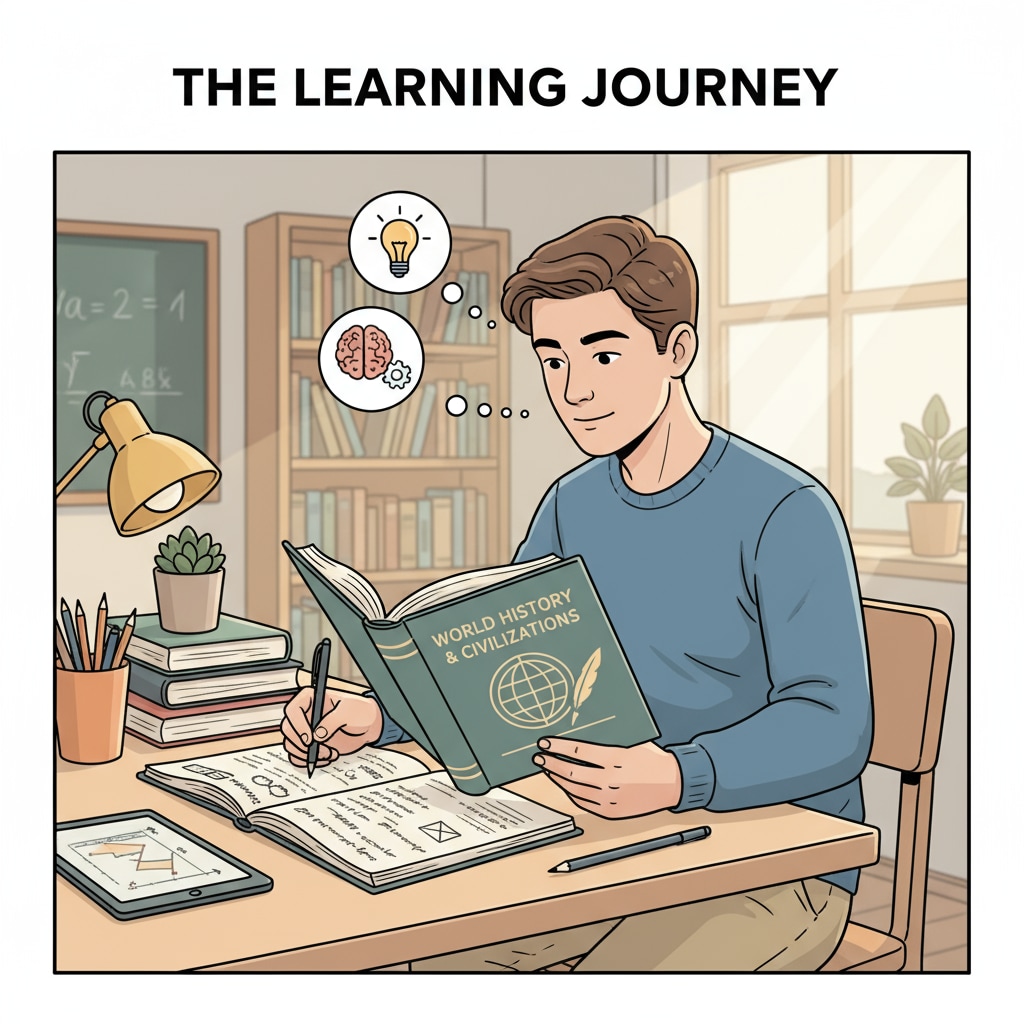In the realm of K12 education, the age-old debate of group learning vs. individual learning and its impact on learning outcomes continues to intrigue educators and researchers alike. In an era where collaborative learning is highly promoted, it’s essential to understand the unique values of both approaches.
The Power of Group Learning
Group learning offers a dynamic environment where students can exchange ideas, share perspectives, and learn from one another. When students engage in group discussions, they are exposed to a diverse range of thoughts. For example, in a literature class discussion about a classic novel, students may interpret the story differently based on their own backgrounds and experiences. This exchange broadens their understanding, as stated by this educational resource.

In addition, group projects foster teamwork and communication skills. Students must learn to collaborate, delegate tasks, and resolve conflicts, which are crucial skills for their future. Through group work, they can develop a sense of responsibility towards their peers and the collective goal.
The Benefits of Individual Learning
On the other hand, individual learning allows students to focus deeply on their own interests and pace. Each student has unique learning needs and styles. With individual study, they can delve into topics at their own speed. For instance, a student passionate about astronomy can spend hours researching celestial bodies without the constraints of a group schedule. According to this family education site, independent learning helps students develop self-discipline and self-directedness.

Moreover, individual learning encourages deep thinking and creativity. Without the influence of others, students can explore their own ideas and develop unique solutions to problems. This process of self-discovery is invaluable for intellectual growth.
Educators should strive to create a balanced learning ecosystem in the classroom. By integrating both group learning and individual learning activities, students can enjoy the best of both worlds. They can experience the excitement of collective wisdom while also nurturing their ability for in-depth personal thought. This balance will ultimately lead to enhanced learning outcomes in the K12 educational journey.
Readability guidance: The text uses short paragraphs to clearly present ideas. Each H2 section has a list of key points. Passive voice is minimized, and transition words like “in addition” and “moreover” are used to connect ideas smoothly.


